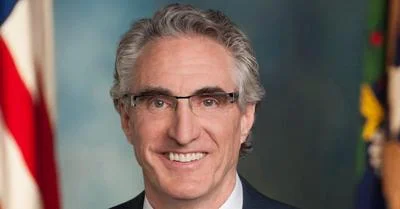The Biden-Harris Administration has announced a final rule mandating that drinking water systems nationwide identify and replace lead pipes within ten years. This initiative is part of the administration's broader commitment to eliminate lead pipes across the country, ensuring access to clean drinking water for all communities.
In conjunction with these regulatory changes, the Environmental Protection Agency (EPA) is providing $24,898,000 in funding for Idaho through the Bipartisan Infrastructure Law. This funding aims to support projects focused on lead pipe replacement and inventory management. Nearly half of this amount must be allocated as grants or principal forgiveness to disadvantaged communities.
Additionally, the EPA has unveiled $35 million in competitive grant funding available for initiatives aimed at reducing lead levels in drinking water. Communities can apply directly for these grants through a designated program on the EPA’s website.
Casey Sixkiller, EPA Region 10 Administrator, stated: “We know no amount of lead is safe to consume. And when lead service lines are present, they pose the greatest risk of lead exposure in drinking water.” He emphasized that resources from the Bipartisan Infrastructure Law combined with new protective measures will equip water systems with necessary tools to safeguard future generations' access to safe drinking water.
The Lead and Copper Rule Improvements entail stricter testing protocols and lower action thresholds concerning lead levels in drinking water. The rule also enhances community communication about potential risks and plans for replacing lead pipes.
The improvements are projected to have significant health benefits annually, including protecting up to 900,000 infants from low birthweight issues and preventing Attention-Deficit Hyperactivity Disorder in up to 2,600 children. Furthermore, it could reduce premature deaths from heart disease by up to 1,500 cases and prevent a loss of up to 200,000 IQ points among children.
These investments not only aim at public health but also promise job creation within local communities by strengthening infrastructure vital for economic growth.
For more details on this final rule and related information, interested parties can visit the dedicated webpage provided by the EPA.





